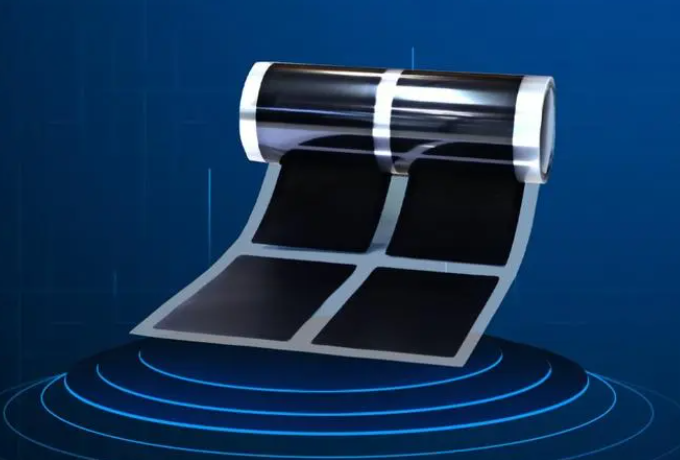The fuel cell membrane electrode is a key component in fuel cell systems that directly convert chemical energy into electrical energy. It consists of an ion-exchange membrane, an anode electrode, and a cathode electrode.
Let's first understand the basic principle of a fuel cell. A fuel cell uses an oxidation-reduction reaction to convert the fuel (usually hydrogen) and oxygen into electrical energy. Specifically, hydrogen undergoes an oxidation reaction on the cathode electrode, producing electrons and hydrogen ions; oxygen undergoes a reduction reaction on the anode electrode, combining with electrons and hydrogen ions to form water. Through an external circuit, electrons flow from the cathode to the anode, generating continuous electrical energy.
The membrane electrode is a crucial part of a fuel cell where this reaction is realized. It consists of three main parts:

The ion-exchange membrane: The ion-exchange membrane is the binder that connects the anode and the cathode and serves its function in ion conduction and separating the anode and cathode gases. The commonly used materials for ion-exchange membranes include polymer electrolyte membranes (such as PTFE/Nafion), and phosphoric acid-based ionic liquid membranes. The ion-exchange membrane has excellent ion conductive properties, allowing the transmission of hydrogen ions between the anode and the cathode.
Anode electrode: The anode electrode refers to the location where hydrogen oxidation reactions occur in the fuel cell. It is usually supported by carbon paper or carbon cloth and has a catalytic layer covering it. The commonly used cathode catalyst is a precious metal such as platinum (Pt), which can promote the oxidation reaction of hydrogen.
Cathode electrode: The cathode electrode is where the reduction of oxygen takes place in the fuel cell. Similar to the anode electrode, it is supported by carbon paper or carbon cloth and has a catalytic layer covering it. The commonly used anode catalyst is platinum-palladium alloy (Pt-Pd), which can promote the reduction reaction of oxygen.
In the fuel cell membrane electrode, hydrogen enters through the anode, undergoes an oxidation reaction to produce electrons and hydrogen ions. Electrons flow from the anode into the external circuit, forming an electrical current and thus generating electrical energy. Concurrently, oxygen enters through the cathode, combining with electrons and hydrogen ions to form water. The ionic exchange membrane serves to isolate and conduct hydrogen ions, ensuring that the reaction takes place.
Fuel cell membrane electrodes have the advantages of high efficiency, low pollution, and strong controllability. They have a broad application prospect in transportation, energy storage, and portable power fields. However, the design and fabrication of membrane electrodes need to consider factors such as the loading amount of catalysts, the thickness of the membrane, and the electrode structure to achieve better electrochemical performance. Researchers are continuously working on improving the design and fabrication technology of membrane electrodes, increasing the efficiency and stability of fuel cells, and promoting their extensive application."
This translation aims to maintain the original technical meaning and concepts from the source text while adhering to the natural flow and language conventions of English to provide clarity and precision to English-speaking audiences.
Post time:2024-05-17





